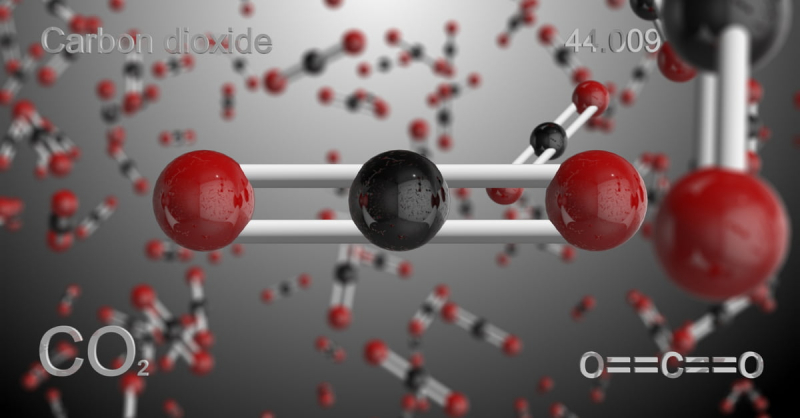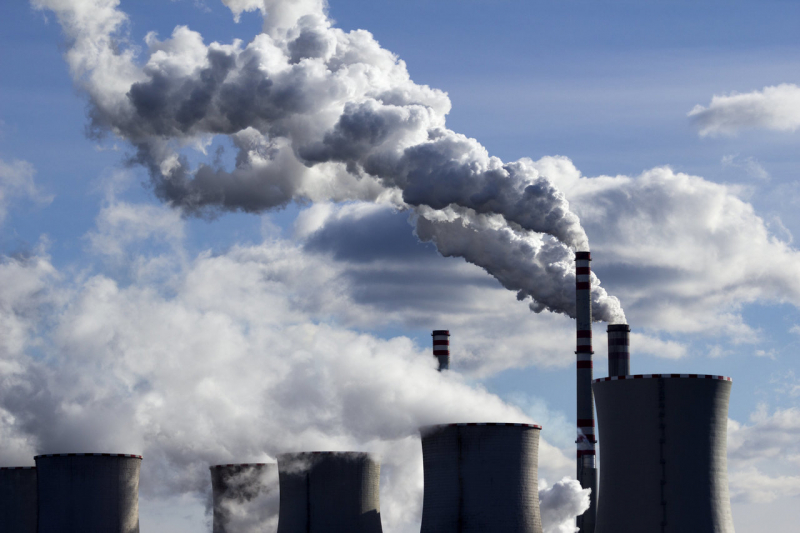Carbon dioxide (CO2)

Carbon dioxide (CO2) is the most notorious greenhouse gases. Volcanoes, the burning and decomposition of organic materials, aerobic (oxygen-using) animal respiration, the burning of fossil fuels, the clearing of land, and human cement manufacturing are some of the sources of atmospheric CO2. These sources are typically counterbalanced by a collection of "sinks"-a collection of physical, chemical, or biological processes-that function to remove CO2 from the atmosphere. An essential natural sink is plant life, which absorbs CO2 during the process of photosynthesis. Marine life in the oceans can take up dissolved carbon dioxide, and some species even utilise it to create calcium carbonate skeletons (CaCO3) and other structures.
The observed rise in average global temperature and ocean acidification are due to an increase in the absorption and emission of infrared radiation by the atmosphere, which is caused by increases in atmospheric concentrations of CO2 and other long-lived greenhouse gases like methane, nitrous oxide, and ozone. The CO2 fertilization impact is an additional direct effect. Numerous indirect consequences of climate change on the natural environment, ecosystems, and human cultures are brought on by these changes. In terms of global warming, carbon dioxide has a greater impact than all other greenhouse gases combined.







